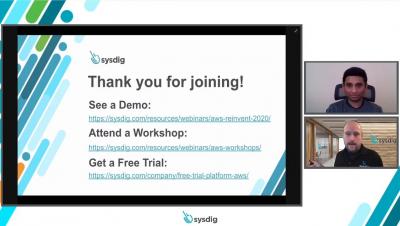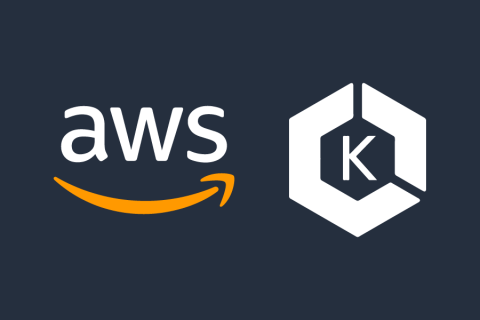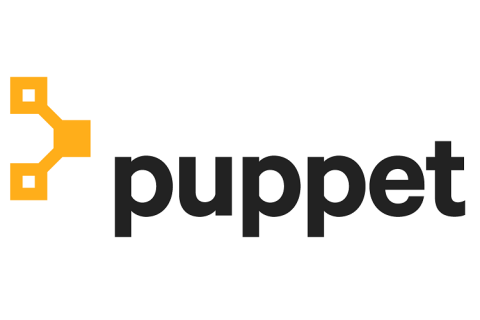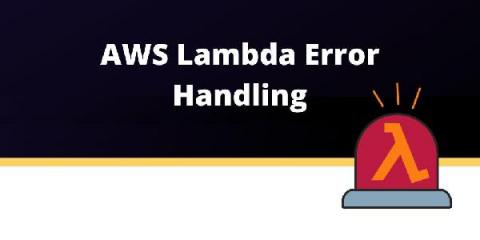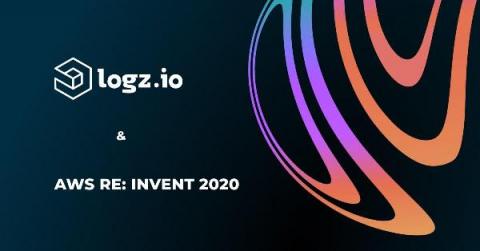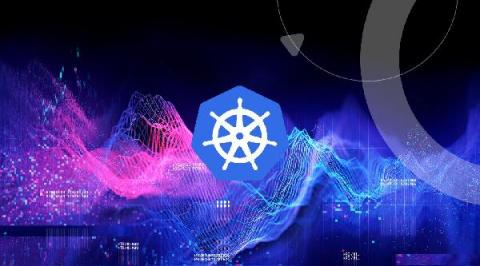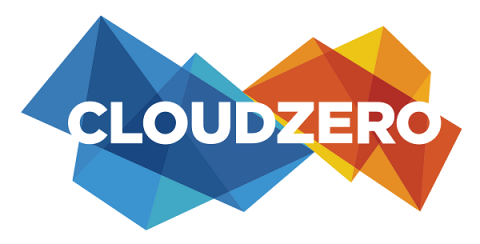Operations | Monitoring | ITSM | DevOps | Cloud
Cloud
The latest News and Information on Cloud monitoring, security and related technologies.
Calico & Calico Enterprise: Now Available as AWS Quick Starts
As an AWS Advanced Technology Partner with AWS Containers Competency, Tigera is thrilled to announce that Calico and Calico Enterprise are both now available as AWS Quick Starts. If you’re unfamiliar with the concept, an AWS Quick Start is a ready-to-use accelerator that fast-tracks deployments of key cloud workloads for AWS customers.
Save Time and Money by Automatically Deleting Unused Azure Load Balancers
Using the cloud reduces on-premises infrastructure costs and related maintenance. Instead of deploying more servers, storage, and networking components to your own datacenter, you are now deploying these as cloud resources. Using the cloud is supposed to reduce infrastructure and maintenance costs. However, deploying cloud resources also risks over-commissioning, under-usage, and keeping resources running that are not always needed or, even worse, no longer in use.
Integrating Grafana and CloudSQL
In this article, we are going to see how we can integrate Google Cloud with Grafana. We will integrate Google Cloud SQL with Grafana and plot the metrics on Grafana. We will also look at how we can use Google Stackdriver as the data source in Grafana to expose the metrics of Google Cloud VM’s and platforms. To use Grafana immediately, we will be using Hosted Grafana by MetricFire.
AWS Lambda Error Handling
In this article, we’ll be discussing everything you need to know about the basics of AWS Lambda error handling and some popular methods using StepFunctions and X-Ray. Regardless if you’re an AWS Lambda expert or if you’re a new Lambda user, there’s always something new to learn.
Recapping Re:Invent 2020
As with many things in 2020, this year’s AWS re:Invent was quite different from any previous iterations. For starters, instead of a week of live talks, face-to-face sessions, and a room full of booths, this year the event was fully online and stretched out for three weeks. As sponsors of this year’s event, we were excited to participate and continue to make an impact on the AWS community.
The Big Deal About Big Data and Kubernetes
Should you run big data workloads on Kubernetes? Not so long ago, most people would have said certainly not. Among the reasons you might have heard: Although early adoption of Kubernetes was dominated by stateless services rather than data-centric applications, more and more teams responsible for big data platforms are now looking to adopt Kubernetes, especially those looking to deploy and operate big data workloads in the cloud.
Splunk Cloud Self-Service: Announcing The New Admin Config Service API
In our last blog, "What's New in Splunk Cloud: Part 1," we reviewed a host of new Splunk Cloud features that we have delivered through our accelerated releases since the beginning of 2020. A large part of this effort focused on empowering Splunk Cloud admins and making their experience as self-service as possible. In this blog, we will examine our latest effort to continue this empowerment: Splunk Cloud’s Admin Configuration Service (ACS).
AWS Cost Optimization: A Guide To Managing Your AWS Bill
For developers and programmers, Amazon Web Services (AWS) offers many benefits. It gives you access to the computing and DevOps tools you need at the press of a button — which helps you get products out the door fast. However, it can be challenging to control your costs and identify waste. In this comprehensive guide, we will examine some practical steps you can take for AWS cost optimization.
Deploying AWS Lambda with Docker Containers: I Gave it a Try and Here's My Review
Among all the new features and services that AWS announced during the re:Invent 2020, my favorites were definitely the AWS Lambda updates. And there were many! For example, your code execution is no longer rounded up to the nearest 100ms of duration for billing — you are now billed on a per millisecond. On top of that, AWS increased the Lambda’s memory capacity to 10 GB, and correspondingly the CPU capacity up to 6 vCPUs.


